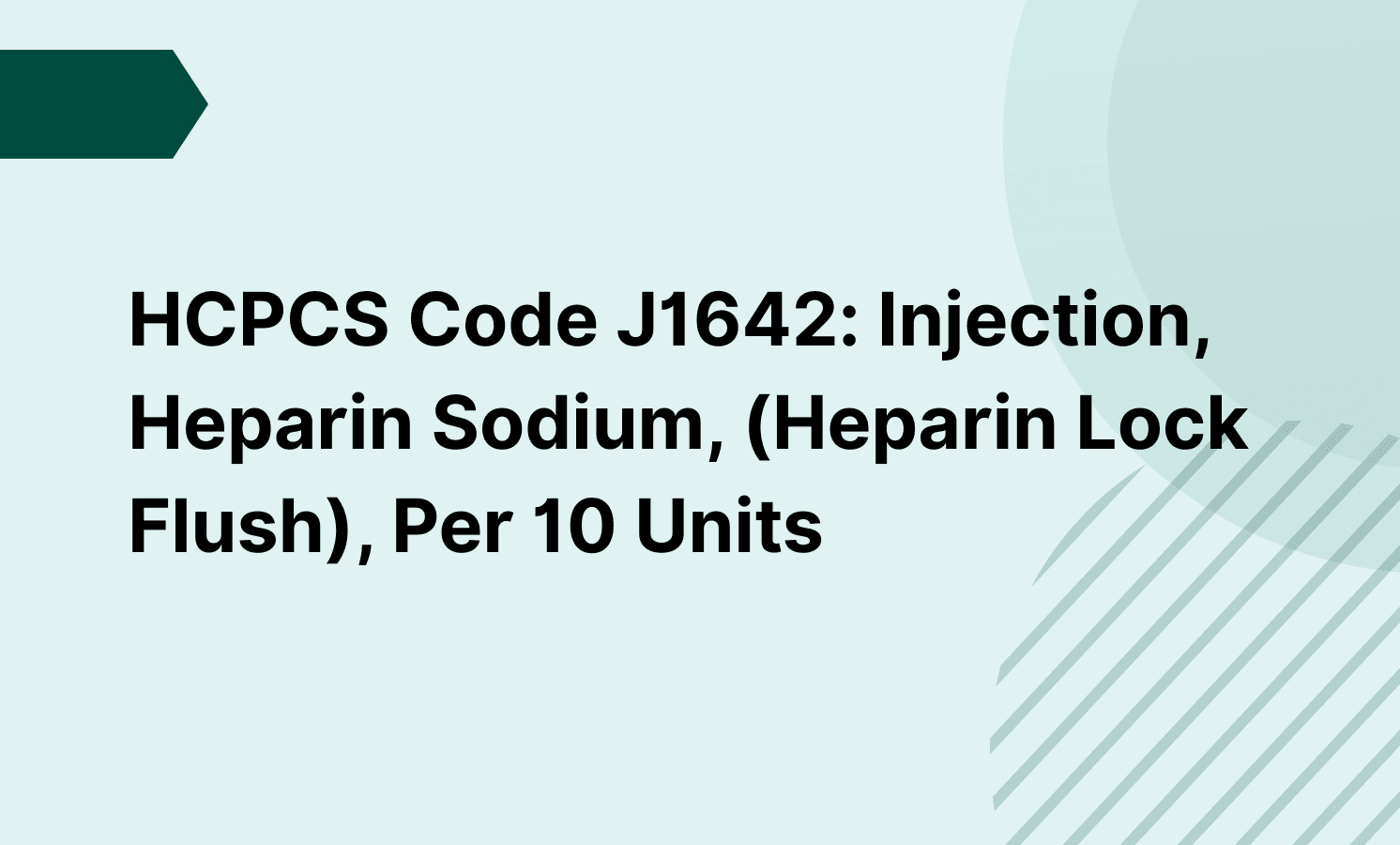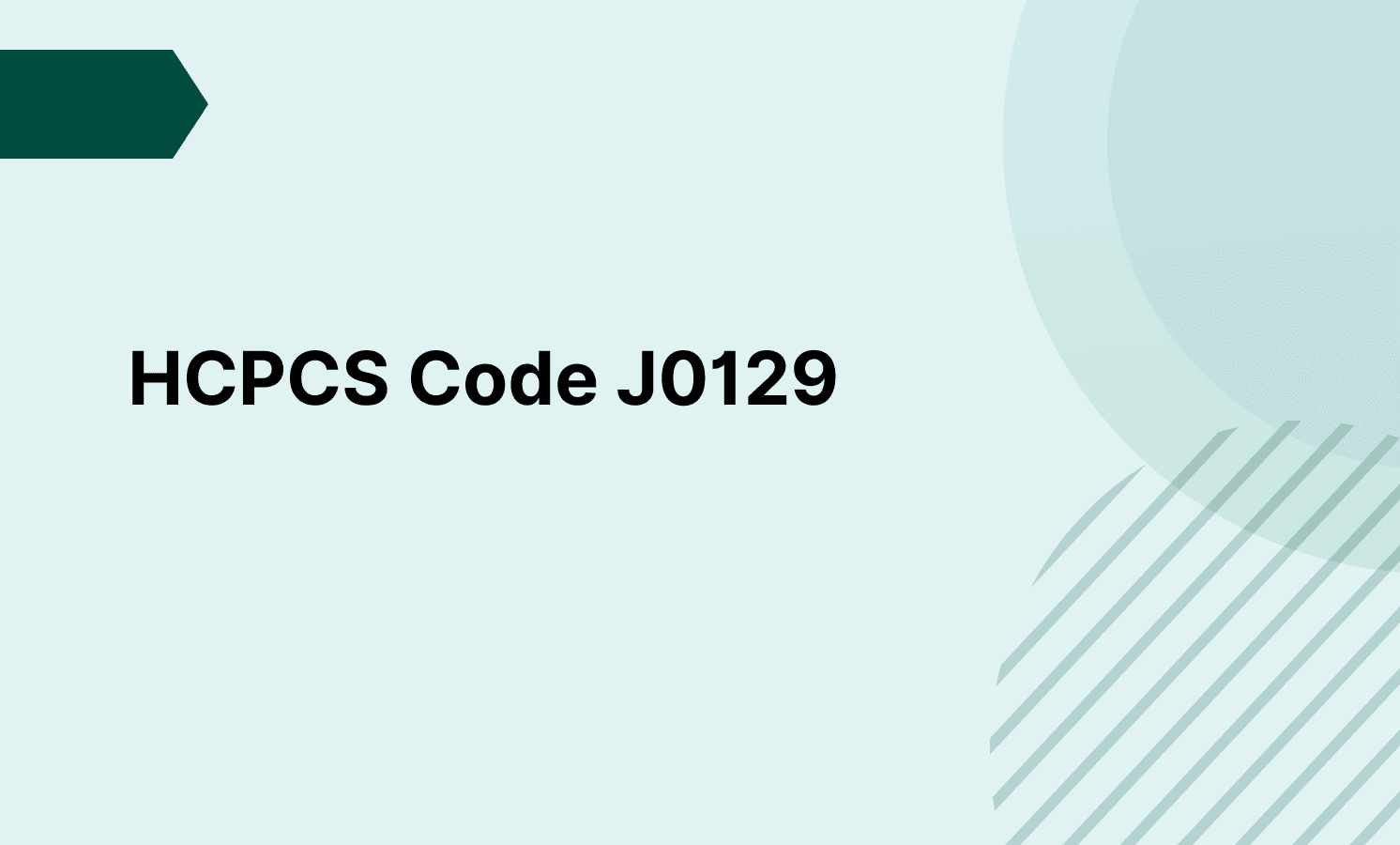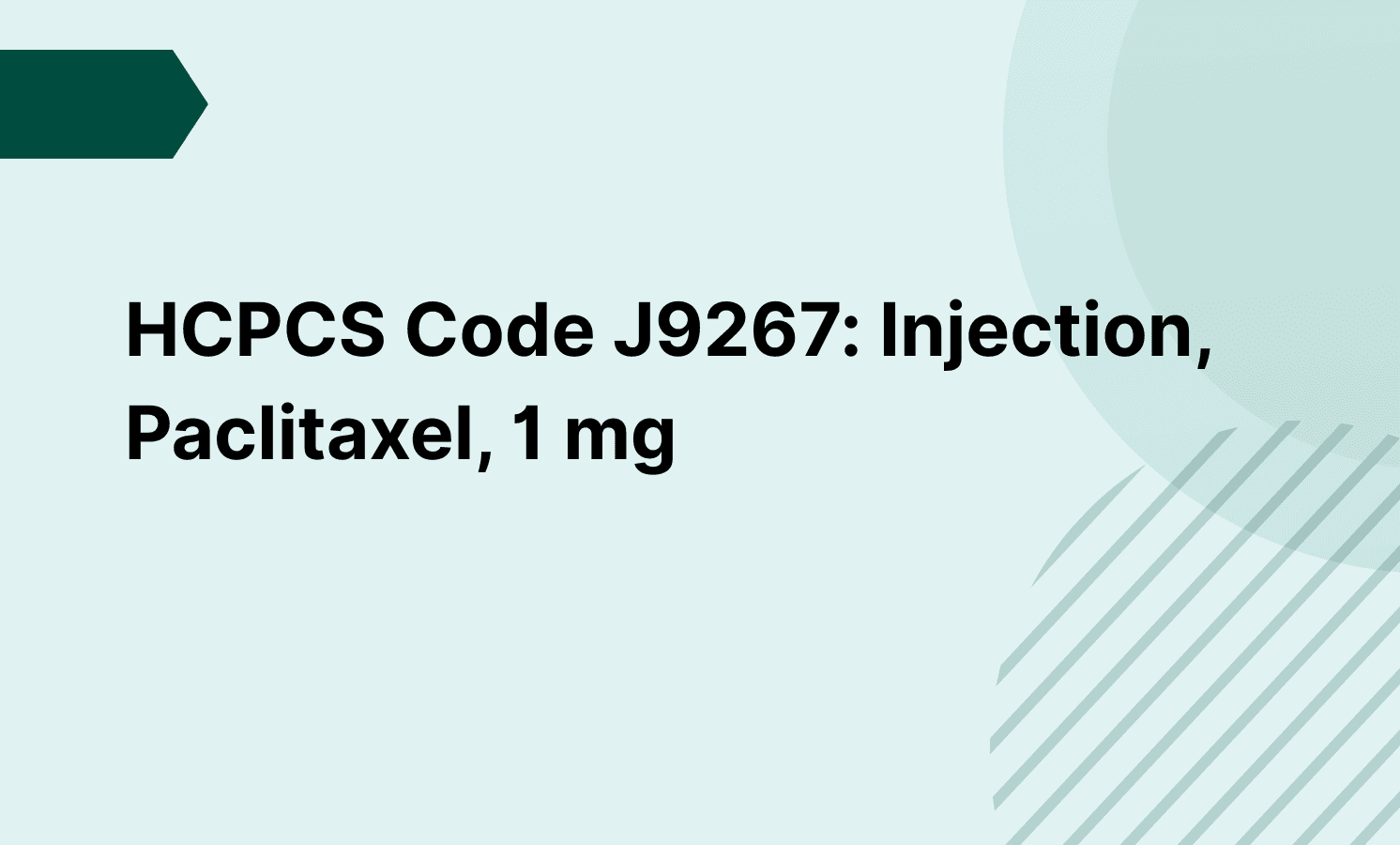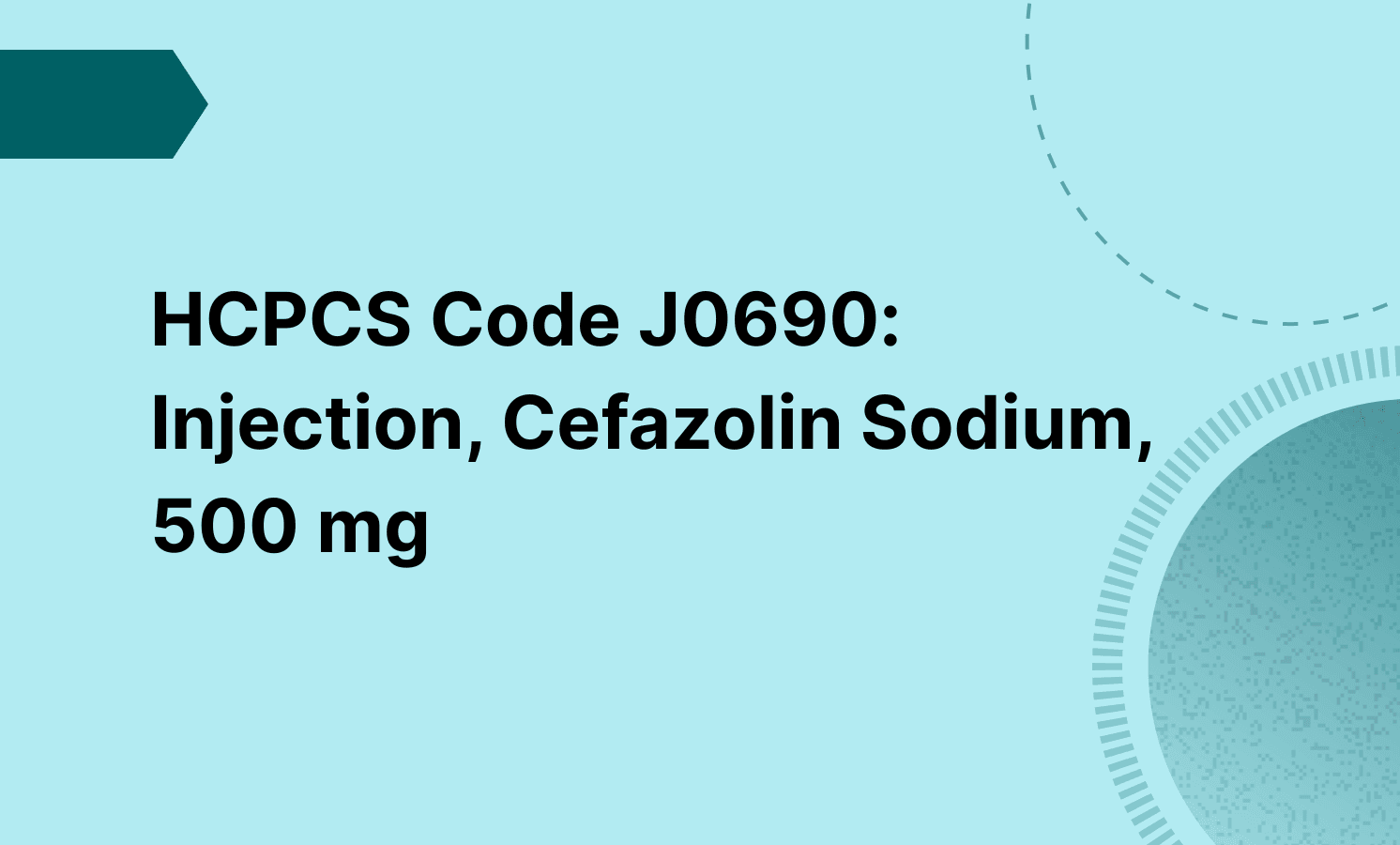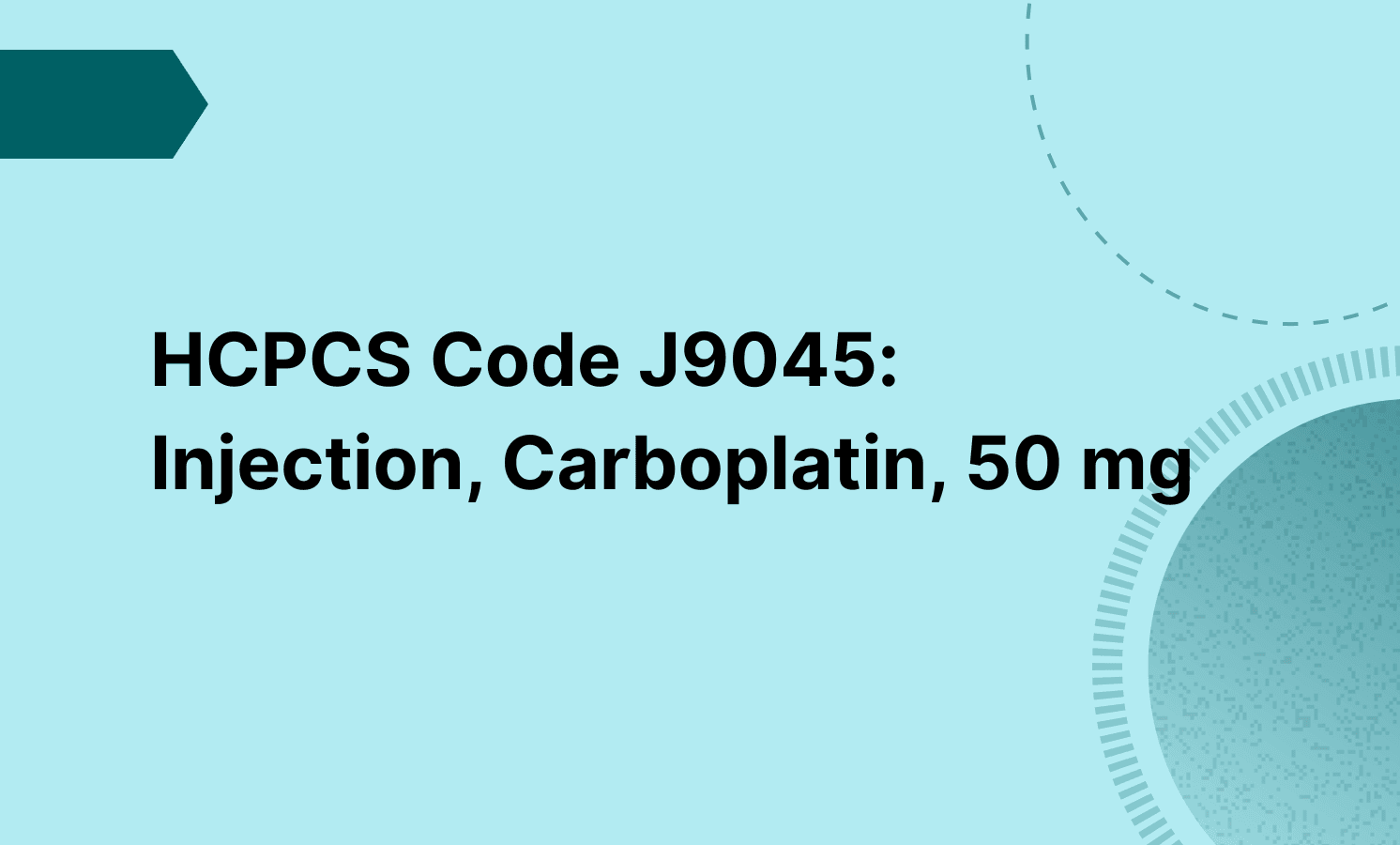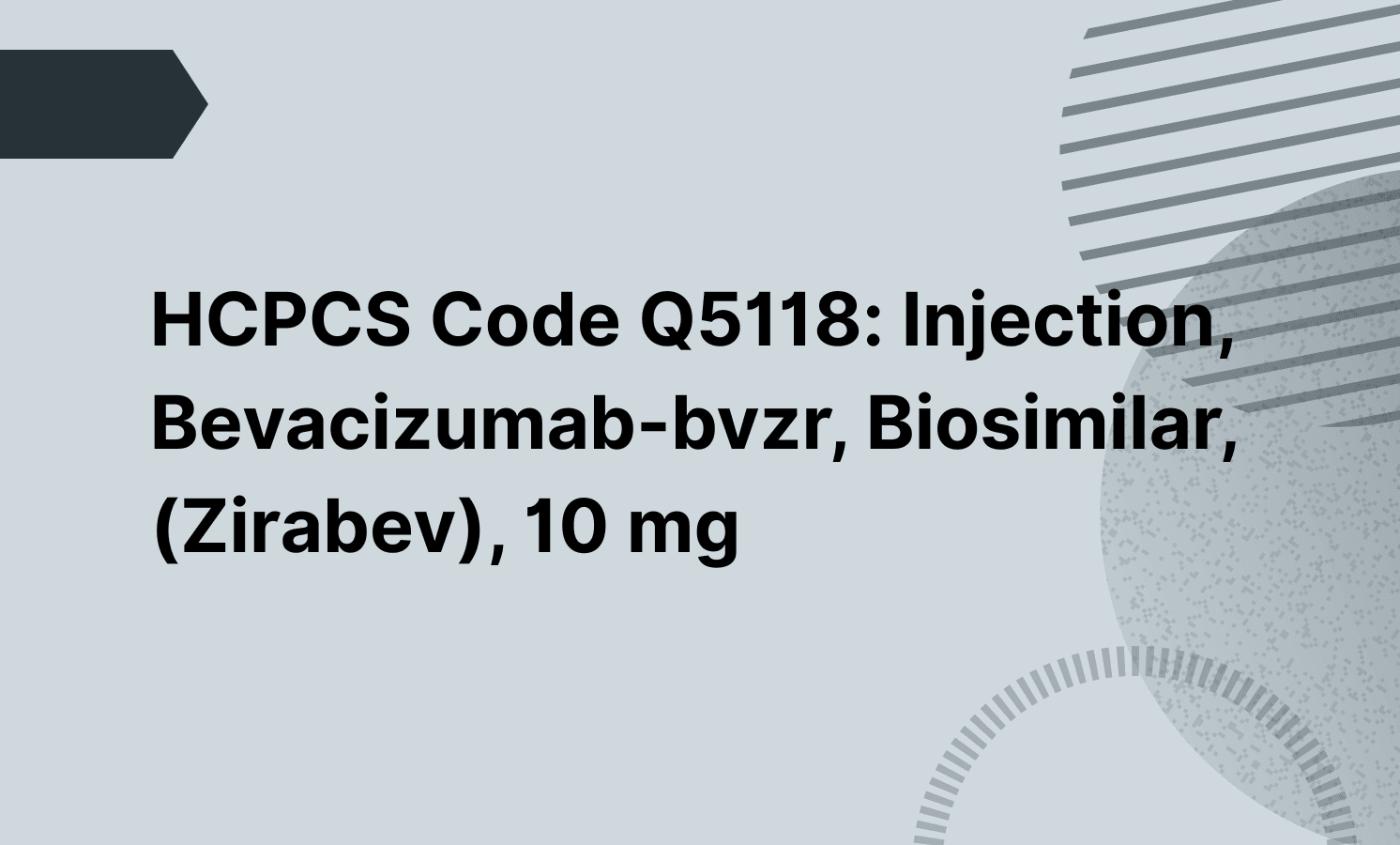CPT Code 17110 is used for the destruction of benign skin lesions, such as common warts, seborrheic keratosis, molluscum contagiosum, and actinic keratosis. It can also be used for lesions other than skin in some cases, depending on the procedure's details. If additional lesions are present, they may require billing under different codes, like CPT 17111.
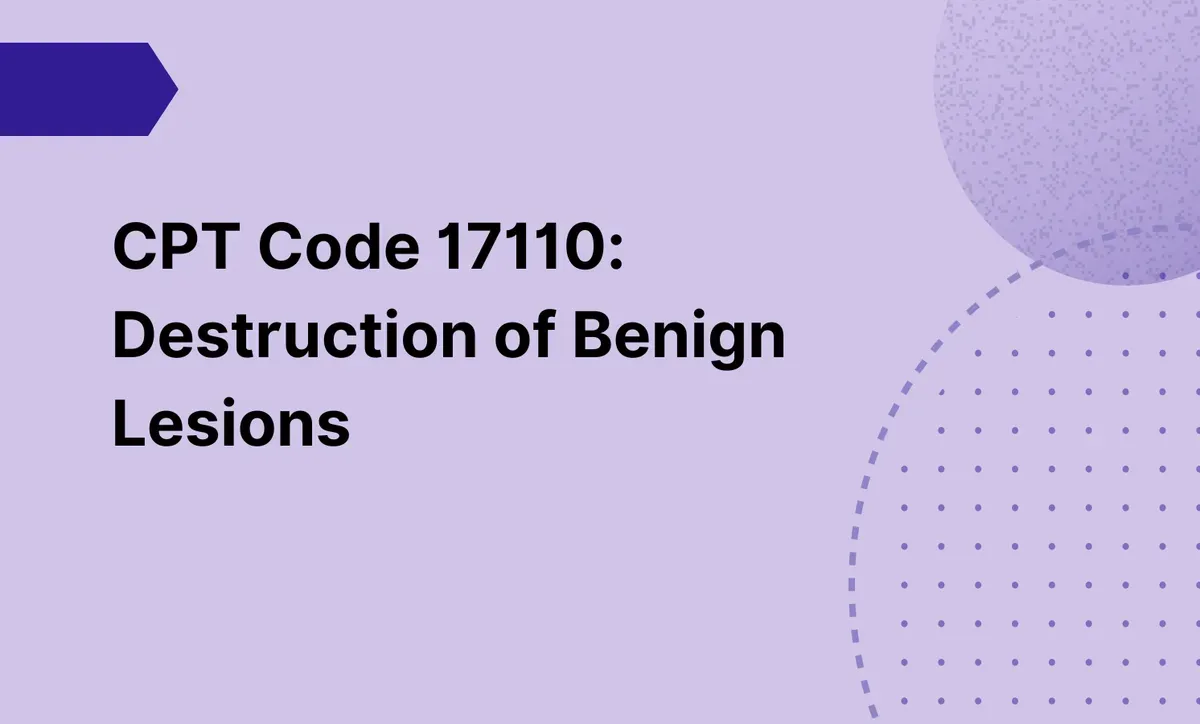
CPT Code 17110: Destruction of Benign Lesions
Understand the 17110 CPT code for skin lesion removal effectively. Enhance coding and ensure accurate billing.
Frequently asked questions
Coding mistakes can result in denial management issues and impact reimbursement. It is crucial to ensure that the correct procedure code is used and that all documentation is accurate. Proper use of CPT 17110 is necessary to avoid delays or denials, especially when dealing with multiple lesions or add-on codes.
The global period refers to the time frame following a procedure during which certain services are bundled into the initial procedure code, such as surgical curettement. If CPT 17110 is used during a single session, the revenue cycle team must ensure the appropriate level of care is documented, including any follow-up treatment for lesions removed, to comply with rules and regulations for billing.
EHR and practice management software
Get started for free
*No credit card required
Free
$0/usd
Unlimited clients
Telehealth
1GB of storage
Client portal text
Automated billing and online payments

